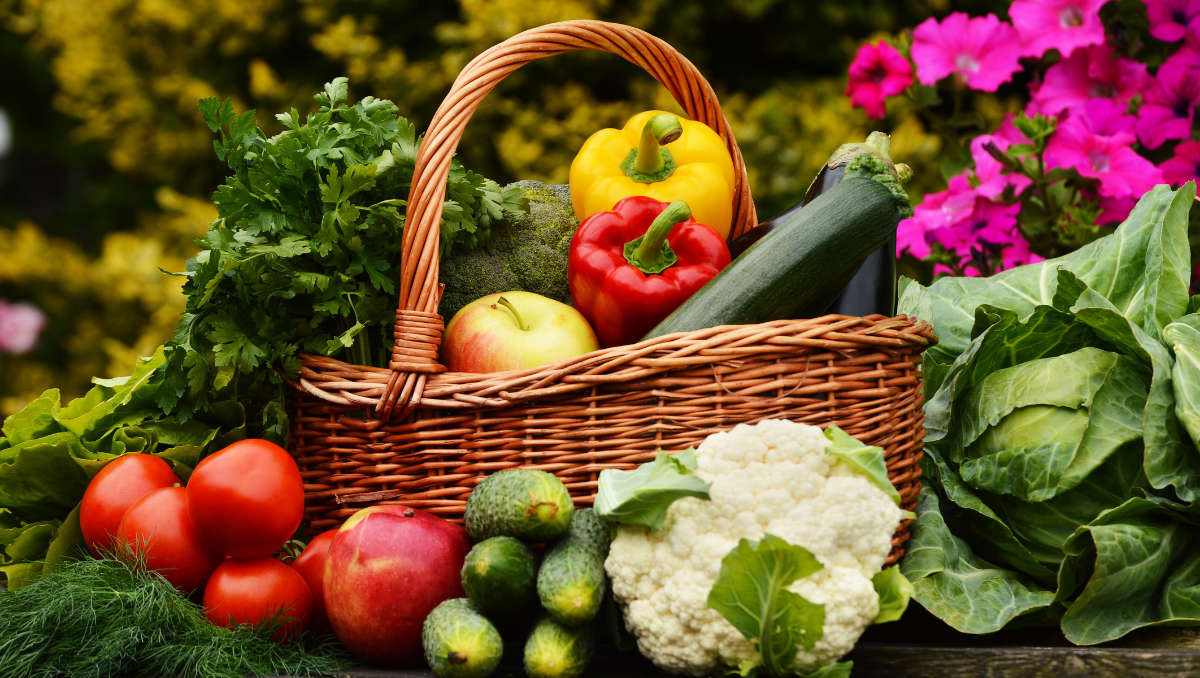Hopefully, you’ll soon be reaping the rewards of your efforts with rich harvests from your vegetable patch following a summer of grow your own veg love and care. But there are ways to help the harvest along and promote better cropping as you go with our grow your won guide to getting the best harvest from tomatoes, peppers, courgettes, runner beans and lettuce.
Already harvesting? Read our guide on how to preserve vegetables – storing grow your own crops guide.
Grow your own guide for a better harvest
Tomatoes
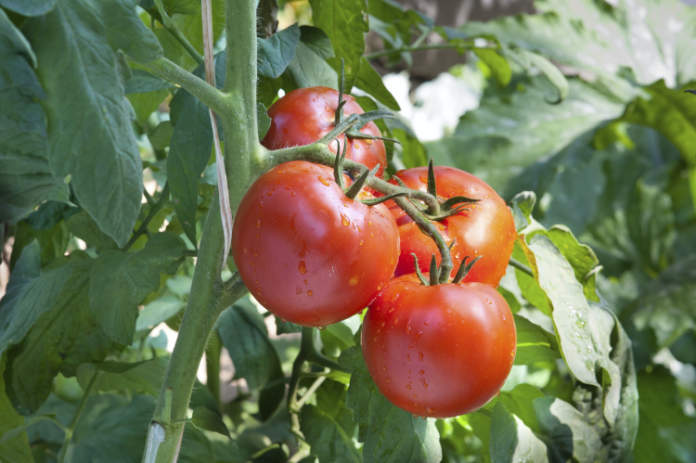
You should be picking tomatoes in August, but many may still not be ripe. The secret is optimum sunshine, so remove the yellowing lower leaves up to the first truss. When these have ripened, take off the next set of leaves.
If the leaves are really dense, you can thin them a little to help air circulation and light. Cut off the growing tip of the plant, if you haven’t already done so, which will then transfer the remaining energy to the fruits to reach full size. If you still have green tomatoes left when the weather cools off, harvest them and put them in a brown paper bag with a banana and they should ripen more quickly. Alternatively, you can make a terrific green tomato chutney!
Peppers
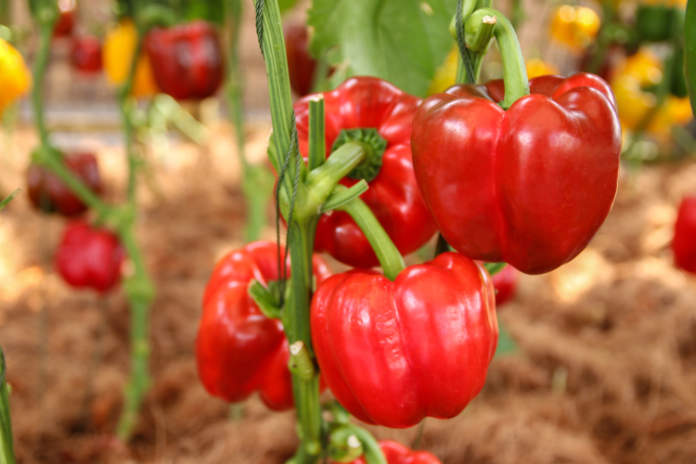
If the fruits are big when it comes to harvesting, but still not ripe, they will need some support. Feed them regularly with a tomato fertiliser to help them along and pick peppers when they are ripe but the skin is still smooth. If some have wrinkled skins, you may be better adding them to cooked dishes as they won’t taste good raw. Fruits store well and will keep for around 10 days in the fridge.
Recommended: How to grow pumpkins guide.
Courgettes
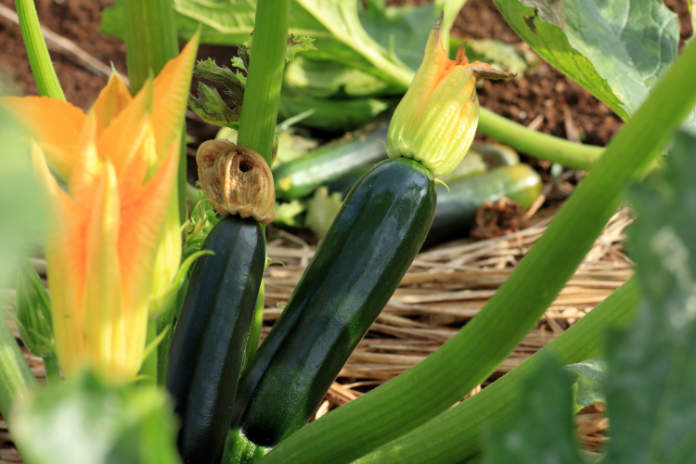
You do not want to be letting your courgettes grow too large or they’ll just become watery, tasteless marrows, so check them at least twice a week, picking them when they reach around 15cm. For best results, feed plants with a dilute tomato feed once a week and harvest them regularly throughout the month to encourage further cropping. Most types will continue to produce fruits until the first frosts. If you want to extend the season, cover the plants at night with garden fleece. If you’re having a late holiday, remove flowers and fruits before you go, which will mean more should have appeared by the time you come back.
Runner beans
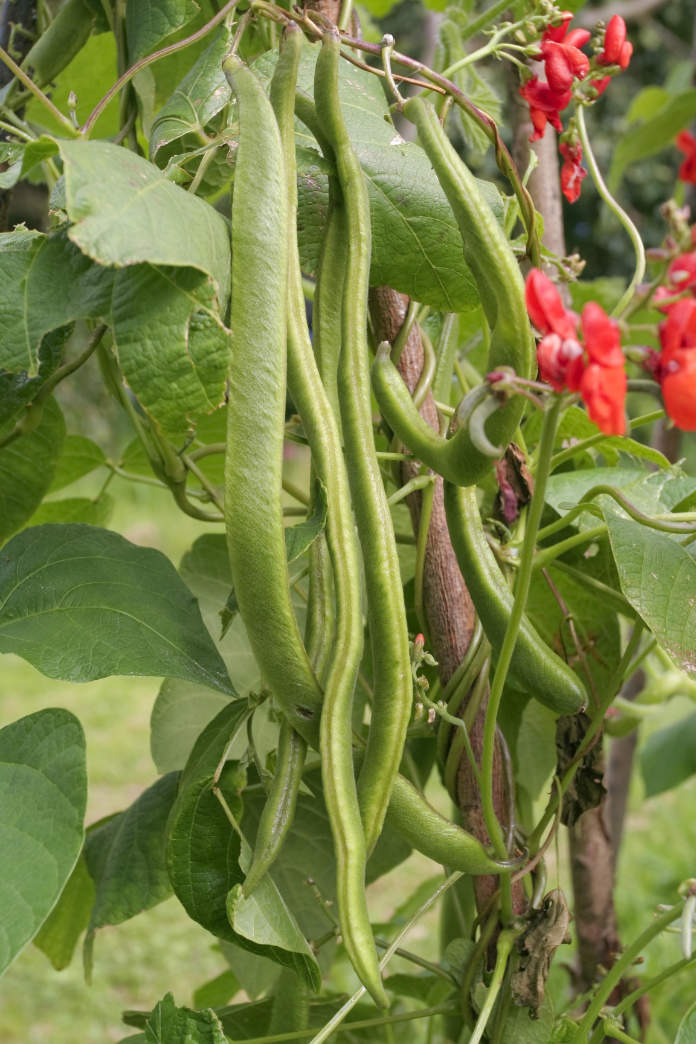
Like sweetpeas, beans benefit from regular harvesting, which will promote further crops. Throughout summer, you should be picking them every other day, if you can, before they grow tough and stringy. The best time to pick them is when the bean snaps cleanly without any string, when it’s around 17-18cm long. Leave them too long and the cropping will also fall off. Pick off every bean to prolong cropping into late summer and if you’re lucky, you should be picking them until October. Those you can’t eat can easily be blanched or frozen, to enjoy through the winter months.
Lettuce
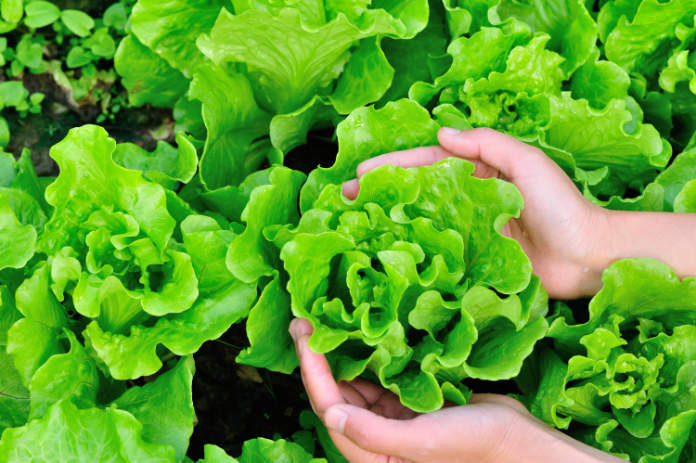
Now, you will no doubt have being enjoying home-grown lettuce since late spring if you’ve sown batches at two-week intervals to keep up the supplies throughout summer. But you can even make a final sowing in August for an autumn crop, sowing a loose leaved type and harvesting the leaves as required.
Oriental leaves such as pak choi, mizuna and komatsuna are best sown from mid-summer onwards as earlier crops tend to produce flowers rather than leaves. To get the best flavour, harvest lettuces in the early morning when the leaves are at their freshest and only take what you need. To store them, dampen them under the tap and put them in a plastic bag in the fridge to keep them moist.
Read our guide to how to protect your potato crop from pests and diseases.























































